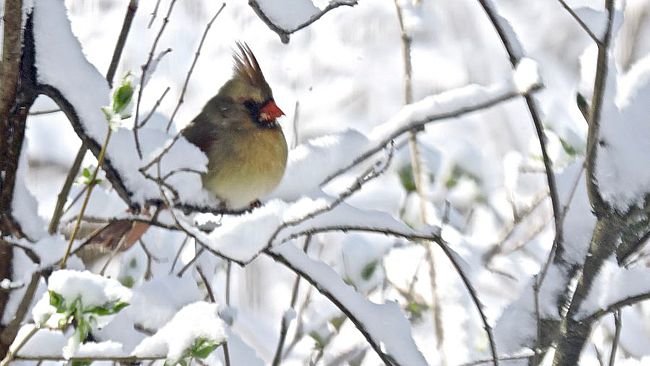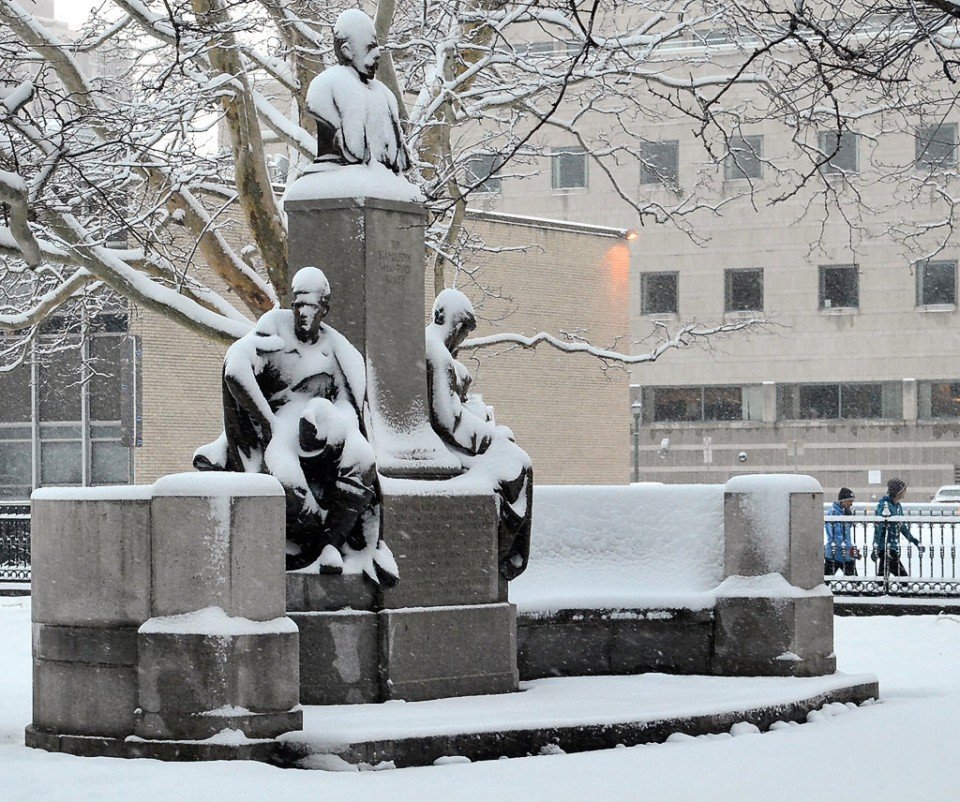
© India Today
The unusually harsh summer heat in Telangana has already started taking a huge toll of human life.
With heatwave conditions prevailing across the state, 66 people have died due to sun stroke and other related problems, officials said.
The highest number of deaths — 28 — were reported from Mahbubnagar, followed by 11 in Medak and five each from Karimnagar and Khammam.
Other deaths were reported in Adilabad, Nizamabad, Warangal and Nalgonda.
According to the Meteorological Department Nizamabad, north Telangana continues to be the hottest area in the state with maximum temperatures of 43.4C followed by Medak and Karimnagar with 43C. Hyderabad recorded 41C.
In an indication of the unbearable hot conditions in the state nowhere was the temperature below 40C.
The severe heatwave was forcing the people to stay indoors during the peak hours of the day and the roads and bazaars in Hyderabad and other major cities were wearing deserted look.
The state administration has advised the people to avoid going out into the open from 12 noon.
Telangana normally witnesses heatwave condition only in the month of May but this year the temperatures have been unusually high and harsh right from the beginning of summer.
Last year more than 2,000 people lost their lives in heatwave in Telangana and Andhra Pradesh.
Officials were fearing worst this year as the Meteorological department has warned of even worse days ahead. Officials have warned that the highest temperature this year may reach 46 to 47 degrees at some places.


Comment: See also: